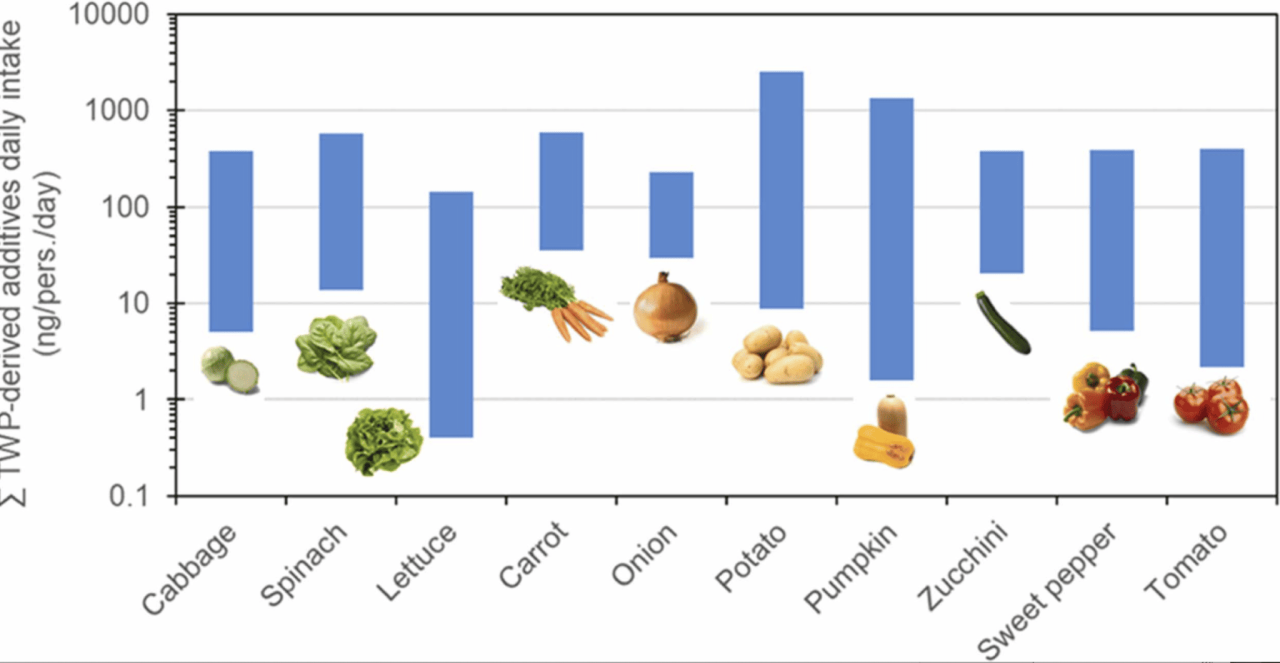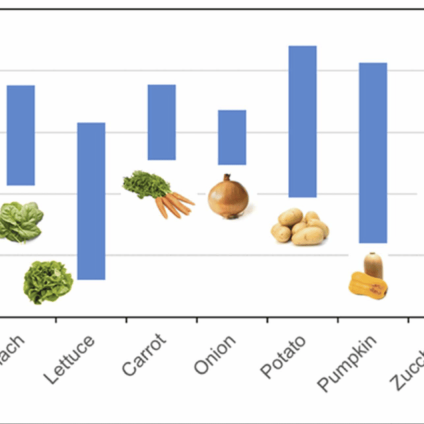A Swiss research found traces of tire additives in the most commonly consumed fruits and vegetables. There are extensive studies on the environmental impact of these substances, while the understanding of toxicity on people's health is still incomplete

Health and environmental risks
Fruits and vegetables, long considered pillars of a healthy diet, are now under investigation for an unexpected contaminant: tire additives. A recent study published in the Journal of Hazardous Materials, titled Assessment of tire-derived additives and their metabolites into fruit, root and leafy vegetables and evaluation of dietary intake in Swiss adults, has revealed traces of these substances in produce commonly consumed in Switzerland.
Conducted by the Federal Food Safety and Veterinary Office (FSVO) in collaboration with the École Polytechnique Fédérale de Lausanne (EPFL), the study analyzed the presence of tire-related chemicals across a wide range of fruits and vegetables.
While the long-term effects on human health remain unclear, the findings are raising serious concerns.
From tires to table: how additives enter our food
Globally, more than 2 billion tires are produced each year. With urbanization on the rise, that number is expected to grow. Tires are not made of rubber alone – they contain a complex mix of chemical additives designed to enhance performance, durability, and wear resistance. Many of these additives, including vulcanizing agents, plasticizers, and antioxidants, are known to be toxic.
It’s estimated that tire wear releases around 6 million tons of particles annually. These particles carry chemicals that settle into agricultural soils, either through airborne transport or the use of treated wastewater in irrigation.
We know they are harmful to the ecosystem, but what is the impact to the human organism?
Study examined 100 types of produce
Researchers investigated about 100 different fruits and vegetables from a range of sources: major supermarket chains, organic markets, and neighborhood grocers. The selection reflected the most commonly consumed produce among Swiss residents.
The analysis focused on three main categories: leafy vegetables (lettuce, cabbage, spinach), root vegetables (onion, potato, carrot), and fruit vegetables (tomato, bell pepper, zucchini, pumpkin). All tested samples showed signs of contamination from tire additives.
Current toxicological data do not indicate immediate health hazards. However, the study highlights a major knowledge gap: the lack of long-term toxicity data for these substances when ingested regularly through food.
How plants absorb tire-derived compounds
To better understand how these compounds enter the food chain, researchers ran a 14-day hydroponic experiment exposing lettuce plants to five key tire-related chemicals. The outcome is that lettuce plants absorb these compounds, which are present in varying concentrations, with different degrees of uptake and metabolism in different tissues.
Similar patterns were observed across all produce categories. Contamination levels varied depending on how close the crop grows to the soil surface – leafy greens like spinach being more exposed than underground vegetables like carrots or potatoes.
Another key factor is the solubility of the chemicals in irrigation water, especially in systems using treated wastewater.
Toxicity level
While the environmental effects of tire additives are well-documented, their impact on mammals is still poorly understood.
Mouse studies have shown worrying signs, including liver toxicity, disrupted gene activity related to glycolipid metabolism, glutathione production (a powerful antioxidant), and immune function. There’s also potential neurological risk, with exposure linked to conditions like Parkinson’s disease.
Can tire additive spread be reduced? Some research suggests that aggressive driving – marked by rapid acceleration and hard braking – accelerates tire wear and increases the release of harmful substances into the air, soil, and surface water.












